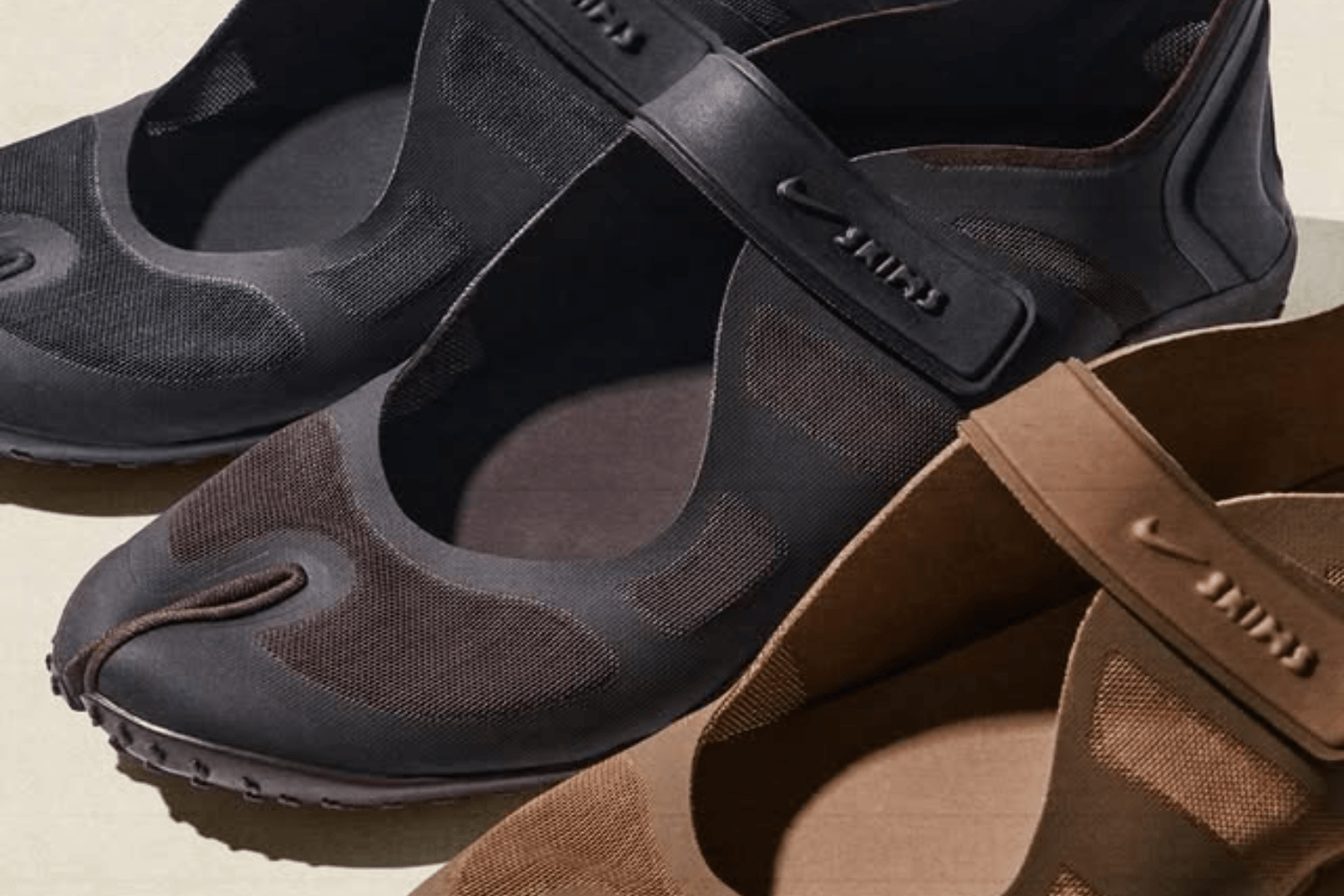adidas Samba
All adidas Samba Sneakers
See allWhy Choose the adidas Samba
The adidas Samba model dates back to 1948 when Adi Dassler developed a sports shoe designed specifically for use on icy pitches, providing footballers with increased grip and stability. In 1950, adidas introduced the first version of the Samba, which featured kangaroo leather uppers and rubber soles.
Outside of football, the adidas Samba became a staple on the streetwear scene in the 1960s and has since become a timeless classic amongst sneaker lovers worldwide.
There's nothing like the Samba for comfort, durability, and versatility. The focus of it is on providing a durable and stylish design suitable for indoor sports and casual wear. The adidas Samba is one of the world's most popular and recognisable sneakers thanks to its rich history and timeless design.
















































